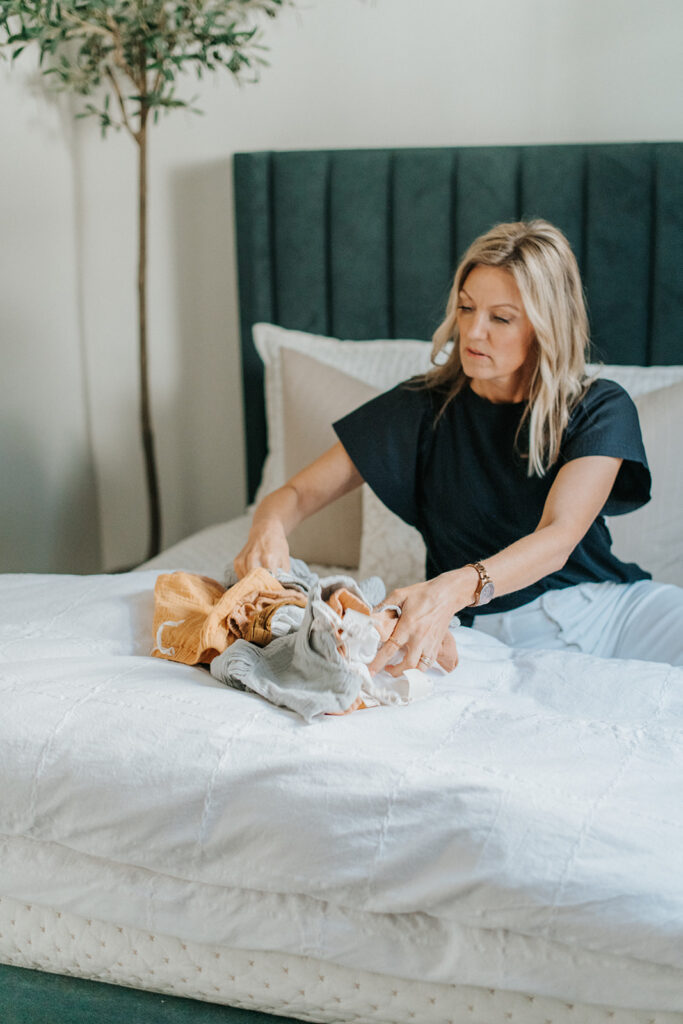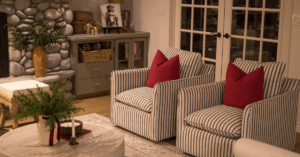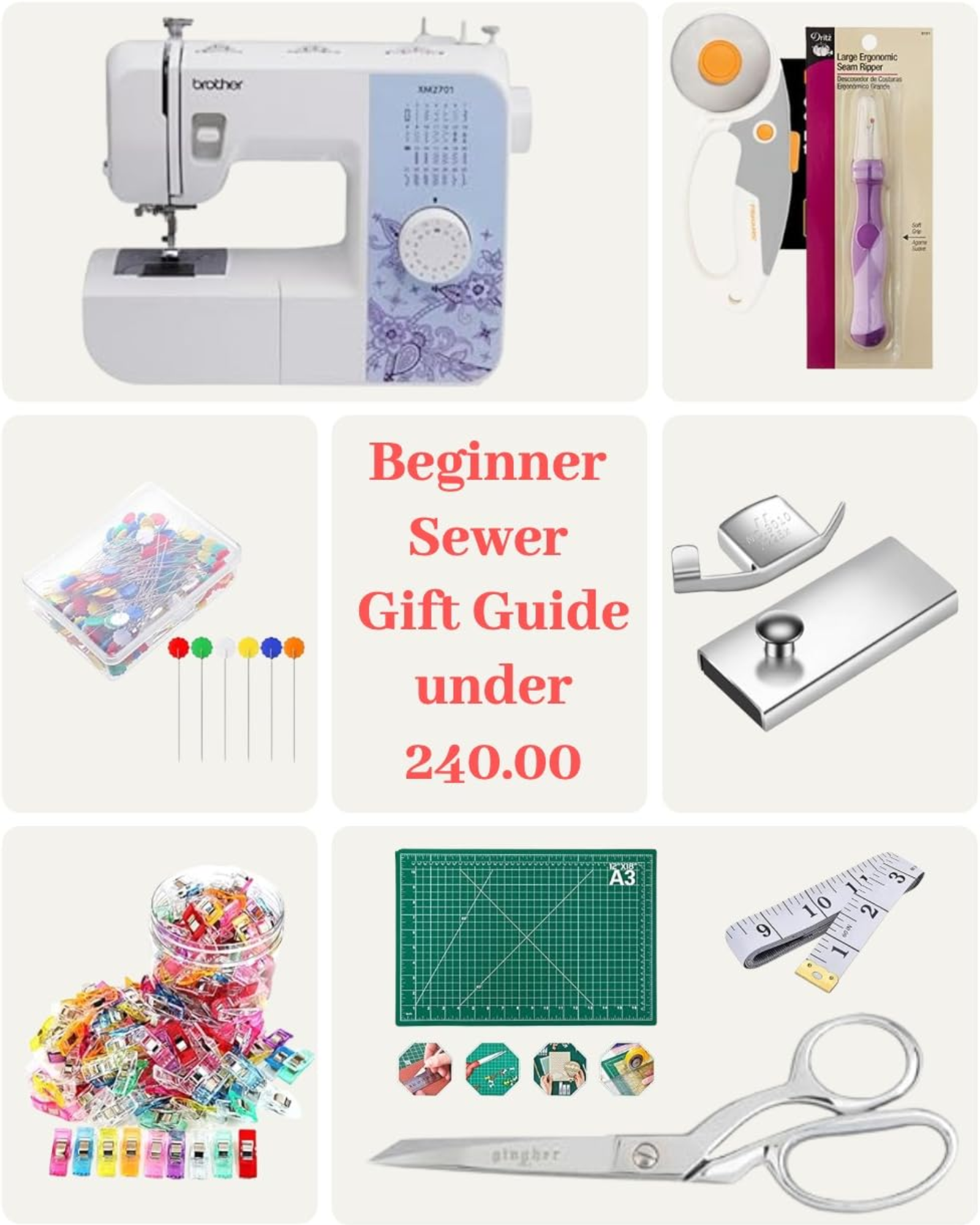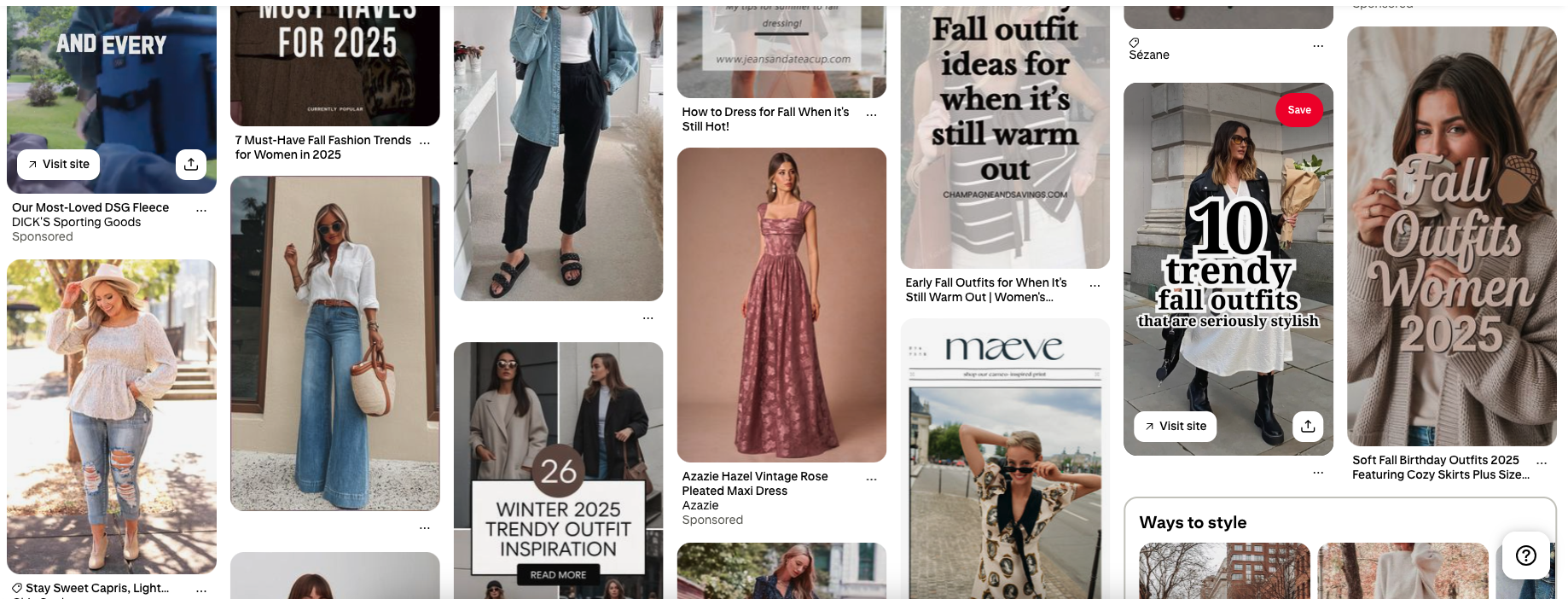Sustainable Fashion Design Part 2: How To Stand Out As A Trustworthy Clothing Brand

Back when I started my first clothing brand in 2009, I didn’t know anybody who was talking about, let alone practicing, sustainable fashion design. But in 2016, I began to explore the options I had for practices that were safer for the environment and the consumer. I wanted to use my second clothing brand, Tiny Threads, to take a step closer to sustainable fashion design (although it’s definitely not perfect).
If you’re entering the world of fashion, or even just becoming more conscious of what you wear, it’s important to understand how fast fashion affects our planet and how we have an opportunity as fashion designers to incorporate sustainable fashion design. And while I’m far from perfect myself, I’m really striving to be more sustainable when possible.
Now that I coach women how to build clothing brands from scratch, I feel the need to educate them on sustainable practices as much as I can. So if you’re interested in starting your own brand (or have already), don’t feel the overwhelming pressure to be 100% sustainable – just make sure you are making decisions based on knowledge (I wish I would have known these things when I began). In my opinion, it’s important to understand the impacts of the fast fashion industry and how you might be able to make a positive impact with your own brand’s choices!
Let’s break down some important things every new designer needs to know about sustainable fashion, and how you can build a trustworthy brand that focuses on transparency and authenticity. And if you missed Part 1 of this series, all about sustainable fabrics, check it out here!
Key Takeaways Ahead
- The Hidden Impact of Fast Fashion
- The Role of Sustainable Fashion Design
- How To Stand Out As A Trustworthy Clothing Brand
- Your Next Steps
The Hidden Impact of Fast Fashion
Who hasn’t grabbed a $10 tee or impulse-bought something trendy “just because”? I would be lying to say I haven’t. Fast fashion makes it way too easy. But we don’t always see what’s happening behind the scenes, like the water waste, pollution, and massive piles of clothing ending up in landfills. In all honesty, it’s kind of a mess.
Resource Consumption
Fast fashion relies heavily on both water and energy. Producing synthetic fabrics like polyester is energy-intensive, and dyeing or finishing any textile requires crazy amounts of water. Cotton, a common natural fiber, is no better when conventionally grown; it needs massive water input and often exacerbates water scarcity in vulnerable regions.
→ Want a deep-dive on the best sustainable fabrics? Check out this post!
Pollution at Every Stage
Textile dyeing is now the second-largest polluter of clean water globally. The chemicals used in coloring, printing, and treating fabrics often flow untreated into waterways, poisoning ecosystems and contaminating drinking water. Air and soil pollution are also widespread, particularly near garment manufacturing facilities in developing countries.
Excessive Waste
Fast fashion wants you to buy often and toss quickly. Most of these garments are poorly made and designed to fall apart after just a few wears. The result? Piles and piles of unwanted clothing end up in landfills. Synthetic fibers take decades (or longer) to break down meaning the piles only grow larger!
Carbon Emissions
The fashion industry pumps more greenhouse gases into the atmosphere than international flights and maritime shipping combined. From raw material extraction to the production process to global transportation, fast fashion’s carbon footprint is enormous.
Microplastic Pollution
When washed, synthetic fabrics like polyester, nylon, and acrylic release microplastics into our water systems. These microplastics eventually reach oceans and rivers, where they are eaten by marine life, and if you can believe it, eventually by us. Yum?
Soil Degradation and Biodiversity Loss
Conventional cotton farming and the development of plantations for materials like viscose have a devastating effect on biodiversity. Forests are cleared, habitats are lost, and ecosystems are disrupted, all in the name of cheap fiber production. Pesticides and fertilizers in these agricultural processes also lead to long-term soil degradation.
Human Health and Labor Exploitation
We have to talk about human costs. Many fast fashion factories expose workers to hazardous chemicals and unsafe conditions. Fair wages and labor rights are often overlooked, all to keep production costs low and margins high. As a designer committed to ethical practices, I really hope this changes.


The Role of Sustainable Fashion Design
Addressing these issues requires systemic change, and sustainable fashion design is a powerful starting point. If you’re somebody who is extremely passionate about sustainability in general, I encourage you to dive all-in to a sustainable clothing line: organic fibers, natural dyes, the whole package.
But if you’re just dabbling in sustainability, that’s okay too! I believe that small steps in the right direction can still make a big impact.
Here’s how we can all contribute:
- Use sustainable and recycled materials
- Design for durability and timelessness
- Source and produce ethically
- Educate your customers on conscious consumption
How To Stand Out As A Trustworthy Clothing Brand
If you’re serious about sustainable fashion design, your brand has to walk the talk, and your customers need to see that from the very first click. Building trust starts way before they even buy anything. It’s baked into your branding, your message, and how you show up online and offline.
Transparency
First thing’s first: be transparent. If you’re using eco-friendly fabrics, low-impact dyes, or ethical labor practices, say so, loudly! Show behind-the-scenes snippets of your process, introduce your makers, and share the “why” behind your material choices. People want to support brands that care, but they also want proof that you’re not just hopping on the greenwashing trend.
Visual Branding
Your visual branding matters! Clean, intentional design that reflects your values goes a long way. Avoid cluttered logos or loud, fast-fashion-style graphics. Instead, lean into a look and feel that communicates thoughtfulness, longevity, and care.
Messaging
And don’t forget your messaging. Your tone should reflect your mission. Whether you’re educating your audience about fabrics or sharing tips for mindful consumption, keep it consistent and honest.
Sustainable fashion design is a movement right now – more and more brands are turning in this direction and abandoning harmful manufacturing practices. If this is part of your brand’s mission as well, be sure to speak up about it! Use your platform to lead with purpose, not pressure.
Community
Last tip? Build a community, not just a customer base. People trust brands that engage in conversation, not just sales. Open up space to talk about sustainability, ask for feedback, and celebrate your slow fashion wins together.
Your Next Steps
If you’ve got big ideas and a creative heart but need help turning that into a brand that stands out and does good for the planet, then let me introduce you to something that might just change everything: Brilliant Branding.
This is the ultimate resource for fashion creatives ready to design an authentic brand that reflects their values, tells a compelling story, and resonates with conscious consumers. I took everything I wish I had when I started my brand and packed it into this step-by-step experience.
So if you’re ready to create a fashion brand that actually makes sense in this world we’re living in, check out Brilliant Branding. Your future self (and the planet) will thank you.








Read the Comments +